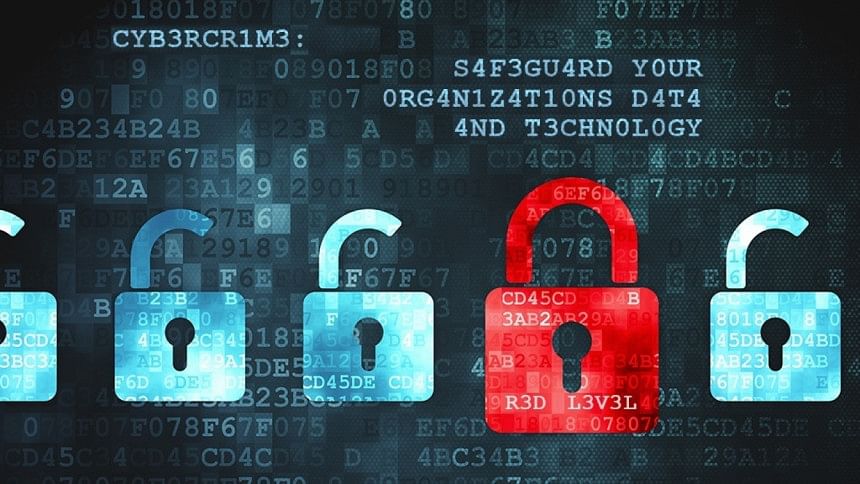Mobile devices at the centre of new types of cybercrimes: Report

Cybersecurity platform Sophos recently published its 2023 Threat Report, where it described how the cyber threat landscape has reached a new level of commercialisation and convenience for would-be attackers, with nearly all barriers to entry for committing cybercrime removed through the expansion of cybercrime-as-a-service.
The report also addresses how ransomware remains one of the greatest cybercrime threats to organisations with operators innovating their extortion tactics, as well as how demand for stolen credentials continues to grow.
Criminal underground marketplaces like Genesis have long made it possible to buy malware and malware deployment services ("malware-as-a-service"), as well as to sell stolen credentials and other data in bulk. Over the last decade, with the increasing popularity of ransomware, an entire "ransomware-as-a-service" economy sprung up.
Now, in 2022, this "as-a-service" model has expanded, and nearly every aspect of the cybercrime toolkit, from initial infection to ways to avoid detection, is available for purchase.
With the expansion of the "as-a-service" economy, underground cybercriminal marketplaces are also becoming increasingly commodified and are operating like mainstream businesses. Cybercrime sellers are not just advertising their services but are also listing job offers to recruit attackers with distinct skills. Some marketplaces now have dedicated help-wanted pages and recruiting staff, while job seekers are posting summaries of their skills and qualifications.
As the cybercrime infrastructure has expanded, ransomware has remained highly popular and profitable.
Over the past year, ransomware operators have worked on expanding their potential attack service by targeting platforms other than Windows while also adopting new languages like Rust and Go to avoid detection. Some groups, most notably Lockbit 3.0, have been diversifying their operations and creating more "innovative" ways to extort victims.
The evolving economics of the underground has not only incentivized the growth of ransomware and the "as-a-service" industry, but also increased the demand for credential theft. With the expansion of web services, various types of credentials, especially cookies, can be used in numerous ways to gain a deeper foothold in networks. Credential theft also remains one of the easiest ways for novice criminals to gain access to underground marketplaces and begin their "career."
Sophos also analysed the following trends:
- Mobile devices are now at the centre of new types of cybercrimes. Not only are attackers still using fake applications to deliver malware injectors, spyware and banking-associated malware, but newer forms of cyberfraud have been growing in popularity.
- The war in Ukraine had global repercussions for the cyber threat landscape. Immediately following the invasion, there was an explosion of financially motivated scams, while nationalism led to a shake-up of criminal alliances between Ukrainians and Russians, particularly among ransomware affiliates
- Criminals continue to exploit legitimate executables and utilise "living off the land binaries" (LOLBins) to launch various types of attacks, including ransomware. In some cases, attackers deploy legitimate but vulnerable system drivers in "bring your own driver" attacks to attempt to shut down endpoint detection and response products to evade detection.

 For all latest news, follow The Daily Star's Google News channel.
For all latest news, follow The Daily Star's Google News channel. 








Comments